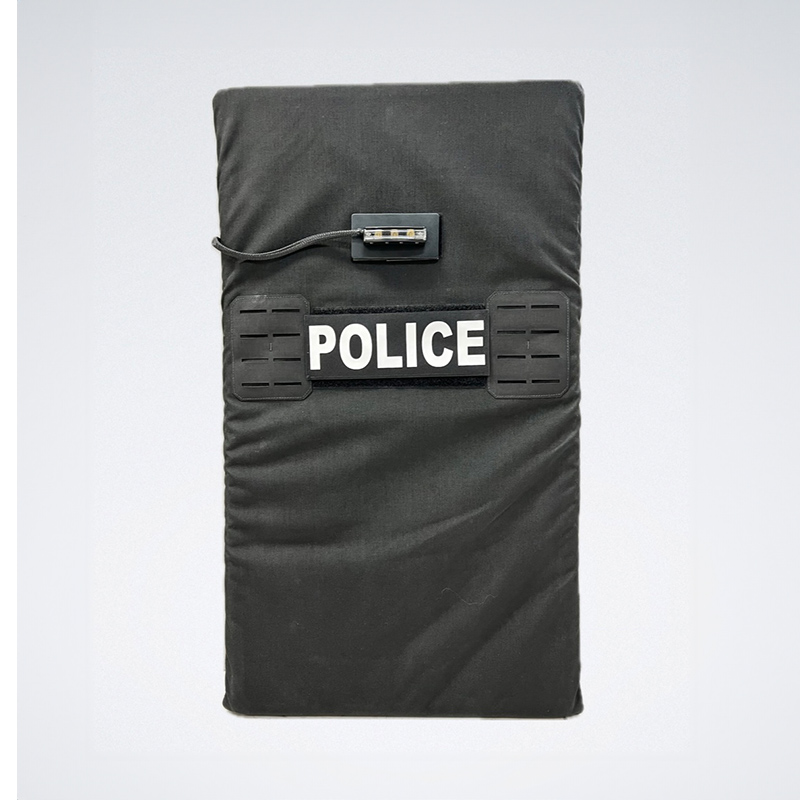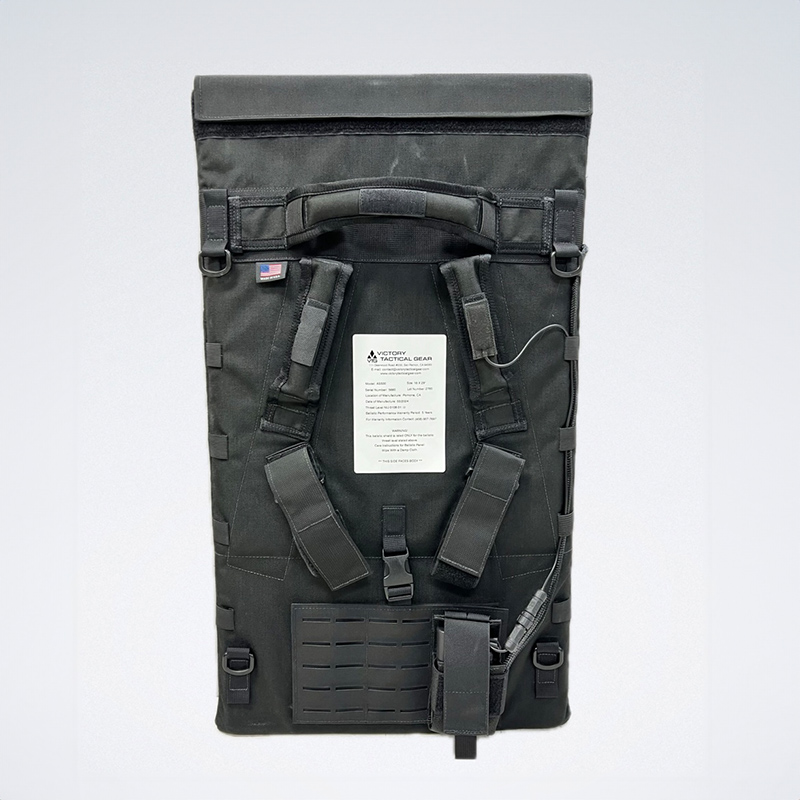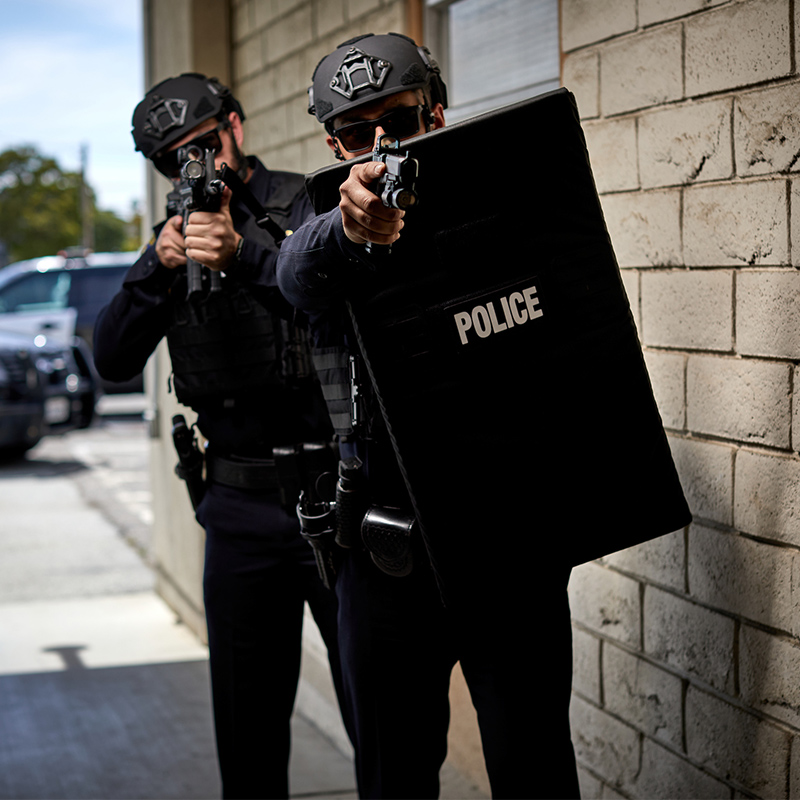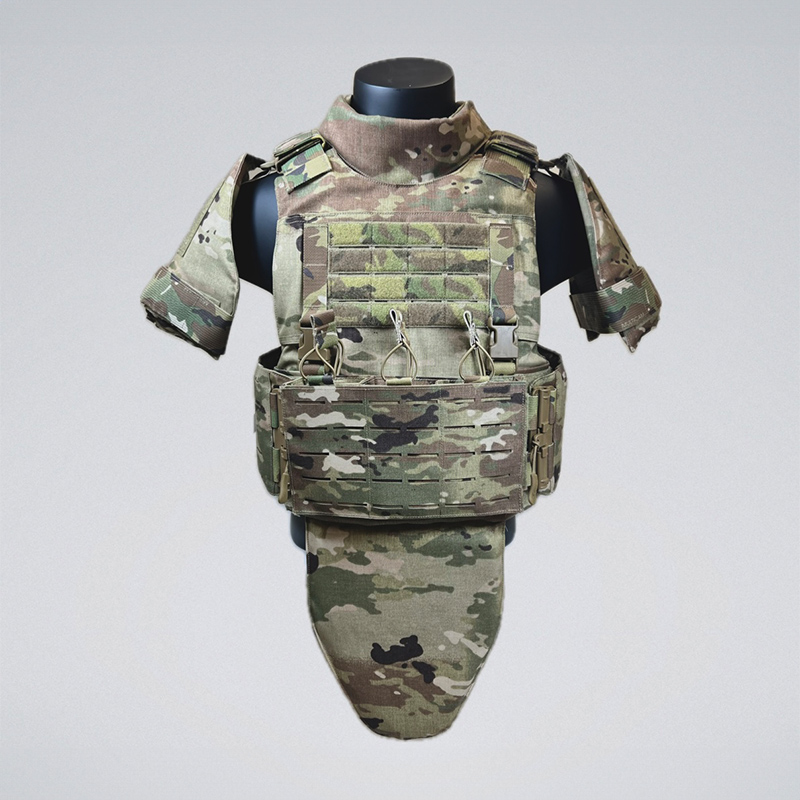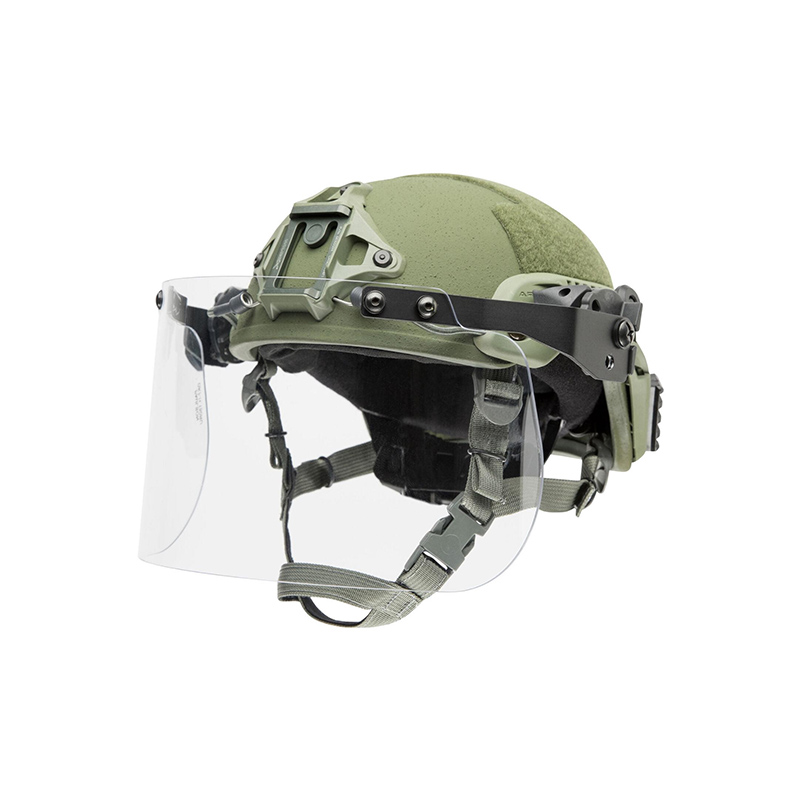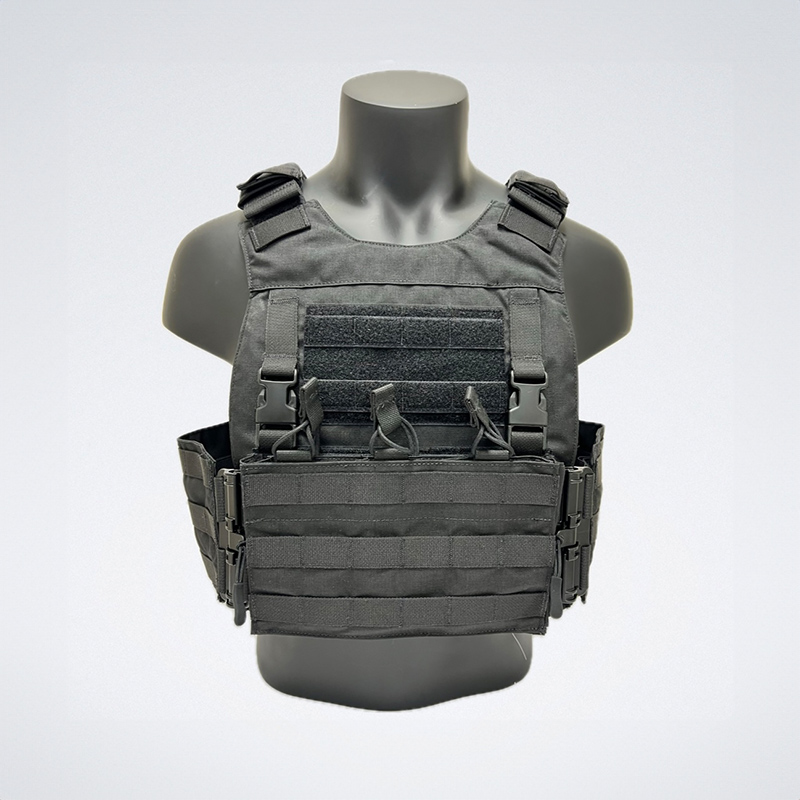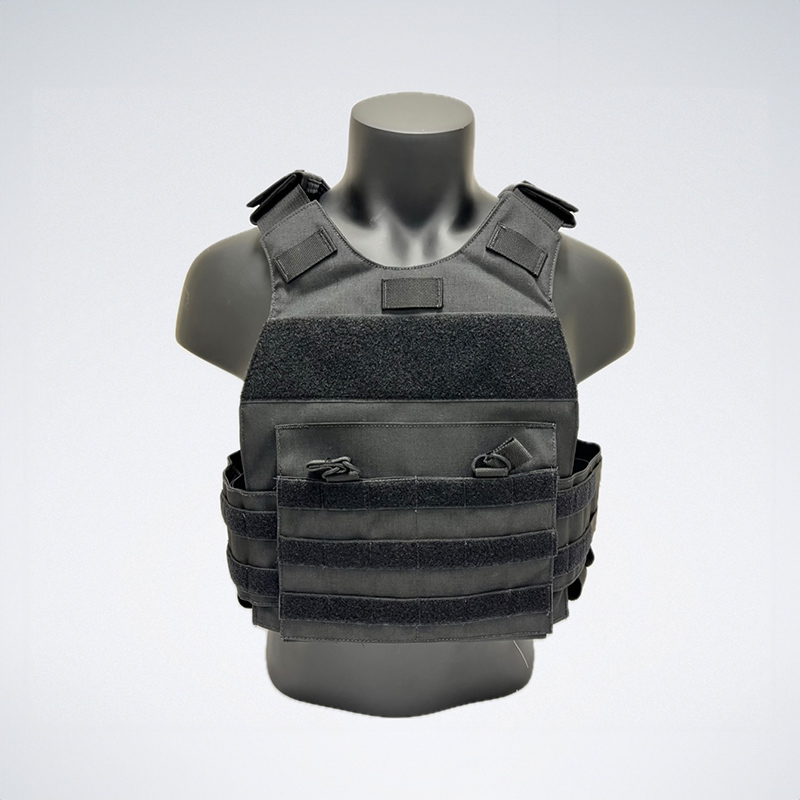AS500
Lightweight and Portable: Easily stored in vehicle compartments without occupying much space.
Ergonomic Design: Reinforced sewn-in ambidextrous handles are strategically positioned for proper ergonomics, allowing for deployment during long engagements.
Optimal Coverage: Designed to be positioned for optimal coverage when deployed.
MOLLE Compatibility: Includes a removable laser cut MOLLE map for attaching external load-bearing pouches, such as a battery pouch for the Fox Fury Taker B30 Shield Light. Two laser cut MOLLE frames on the front side allow for attaching body-worn cameras or other MOLLE compatible items.

Special Threat tested Models

Special Threat tested Models

NIJ CERTIFIED MODELS

PROTECTING LIVES SINCE 2010

PROTECTING LIVES SINCE 2010

MADE IN
THE USA

Special Threat tested Models

NIJ CERTIFIED MODELS
AS500 LEVEL III BALLISTIC SHIELD
More info about AS500
Ballistic Composition: Constructed with UHMWPE
Full perimeter Trim-Lock
Polyurea Coating
Sizes and Weight: 16” x 29”: 15 lbs
18” x 34”: 19 lbs
Ballistics: 5.56x45mm (M193)
7.62x39mm (PS Ball / MSC)
7.62x51mm (M80)
Light Option: Compatible with the Fox Fury Taker B30 Light Attachment.
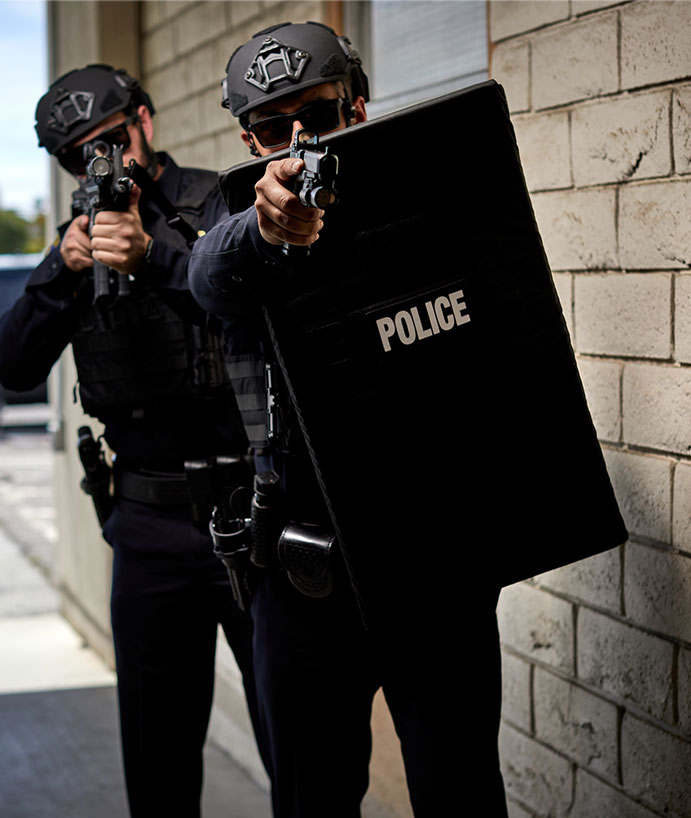
Ballistic Shields Faqs
What are the key factors to consider when choosing a ballistic shield?
Selecting the right ballistic shield involves careful consideration of factors such as the level of protection required, the shield’s size and weight, desired features, and budget constraints.
What level of protection is necessary for different law enforcement and tactical operations?
The appropriate level of protection for a ballistic shield depends on the specific threats faced by law enforcement or tactical teams. Assessing potential risks is crucial in determining the necessary level of ballistic resistance.
How do I determine the appropriate size of a ballistic shield for my needs?
The ideal size of a ballistic shield is influenced by factors such as the number of officers involved, the intended use, and available storage space. A balance between protection and maneuverability should be considered.
What are the common features and accessories available for ballistic shields?
Ballistic shields often include features like handles, viewing ports, and light attachments. Additional accessories such as MOLLE compatibility can enhance versatility.
How important is the weight and portability of a ballistic shield?
A ballistic shield’s weight and portability significantly impact an officer’s ability to deploy and maneuver the shield effectively. Lighter shields generally offer greater agility but may have limitations in protection level.
Is the typical lifespan of a ballistic shield?
The lifespan of a ballistic shield varies depending on the materials used, the frequency of use, and proper maintenance. Regular inspections and care can extend the shield’s longevity.
How do I maintain and care for my ballistic shield?
Proper maintenance of a ballistic shield involves regular cleaning, inspection for damage, and storing it in a controlled environment to protect against environmental factors.
Are there any regulations or standards for ballistic shields?
Ballistic shields must adhere to specific standards and regulations to ensure their effectiveness in stopping projectiles. Compliance with these standards is essential for officer safety.

